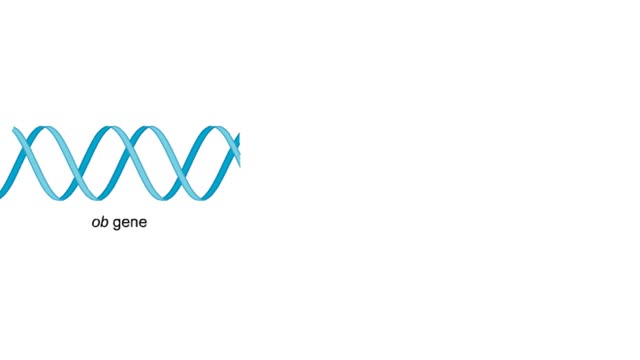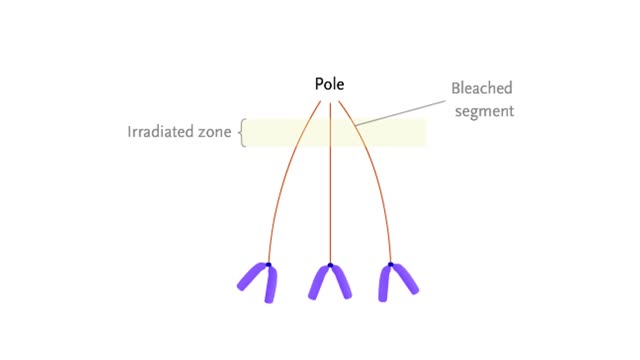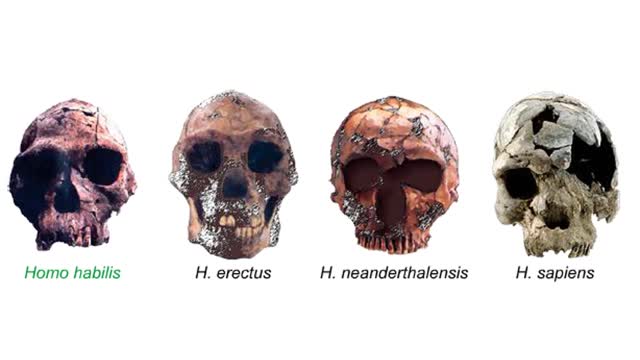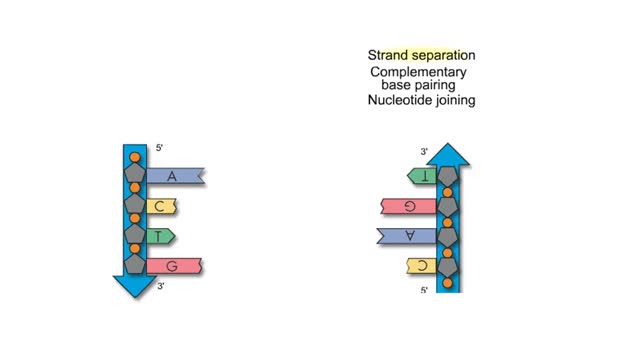Search Results
Results for: 'MS'
Transferring genes into plants Animation
By: HWC, Views: 8817
Researchers extract DNA from an organism that has a trait they want to introduce into a plant. The genetic donor can be a bacterial cell, a plant cell. or even an animal cell. The desired gene will be transferred into a plasmid, a small circle of bacterial DNA. The gene is cut out of th...
Bond in biological molecules (Ionic, Covalent and Hydrogen bonds)/ How atoms bond?
By: HWC, Views: 8671
Sodium atoms and chloride atoms have unfilled orbitals in their outer shells. The lone electron in the outermost shell of a sodium atom can be pulled or knocked out. This ionizes the atom. It is now a positively charged sodium ion. A chlorine atom has an electron vacancy in its outer shell and...
Chronology of leptin research (A history of leptin research)
By: HWC, Views: 8429
In 1950. researchers at Jackson Laboratories noticed that one of their mice had become extremely obese—it had an insatiable appetite. Intrigued, they bred a strain of mice showing this characteristic. In the late 1960s, researchers surgically connected the bloodstreams of a normal mouse and a...
Mechanisms for chromosome movement Animation
By: HWC, Views: 8523
At mitotic metaphase, the fully-formed spindle is composed of many microtubules that extend from the poles. Some of these, the kinetochore microtubules, are attached to the kinetochores of each chromosome. Kinetochores are located at the centromeres. At anaphase, sister chromatids separate and...
By: HWC, Views: 7933
A mutation, which may arise during replication and/or recombination, is a permanent change in the nucleotide sequence of DNA. Damaged DNA can be mutated either by substitution, deletion or insertion of base pairs. Mutations, for the most part, are harmless except when they lead to cell death or t...
Primate Evolutionary Tree Animation
By: HWC, Views: 7416
Presumed evolutionary branchings in the primate family tree. The first primates arose between 85 and 65 million years ago. The common ancestor of apes and hominids branched off from Old World monkeys about 23 million years ago. The hominid lineage, which includes humans and earlier humanlik...
Subunits of DNA And Semi Conservative Replication
By: HWC, Views: 7709
Adenine is a purine with a double-ring structure. In double-stranded DNA, adenine base-pairs with thymine. Guanine is a purine with a double-ring structure. In double-stranded DNA, guanine base-pairs with cytosine. Thymine is a pyrimidine with a single-ring structure. In double-stranded DNA, th...
Chromosome structural organization/ Mechanisms for chromosome movement Animation
By: HWC, Views: 7621
How the chromosome is organized. At metaphase, the chromosomes are duplicated and are at their most condensed. In each chromosome, two identical sister chromatids are held together at a constricted region called the centromere. When a chromosome is condensed, interactions among chromosomal ...
Transcription—A molecular view
By: HWC, Views: 7063
Transcription, as related to genomics, is the process of making an RNA copy of a gene's DNA sequence. This copy, called messenger RNA (mRNA), carries the gene's protein information encoded in DNA. During transcription, a DNA molecule is copied into RNA molecules that are then used to translate...
Advertisement











